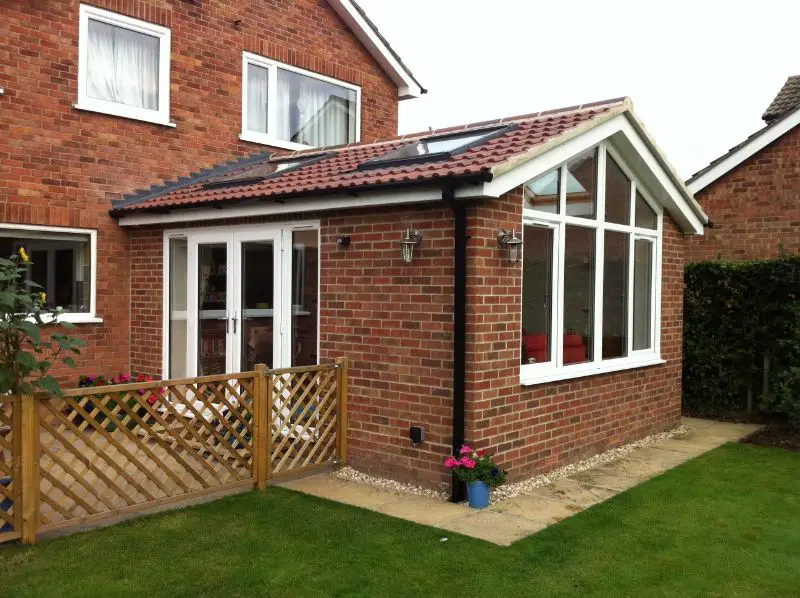If you’ve bought a house that’s too small, outgrown your home or simply need to update your property, it’s time to think about a house extension. House extensions Sydney wide are a popular alternative to renovations and knockdown rebuilds because they’re affordable and have quick turnaround times. Plus, you’re usually able to stay in your home while the work is completed, so there’s no need to find temporary accommodation. The sky really is the limit when you’re planning a house extension, the only trick is making sure your design includes everything you need. We’re going to go over the basics of designing a house extension to help you through the process.
1. Think About What You Need from Your Home
Every house extension starts with a wishlist!
You’re extending your home for a reason. Maybe there’s a new family member on the way, or maybe the way you use your space has changed. Whatever the case, a house extension or addition can deliver a property that’s perfectly suited to your needs. Before you can get started on any of the design work you’ll need to figure out exactly what you want from the project.
Sit down with your partner and family and make a list. Decide what you do and don’t like about your current home, then discuss the new features that would improve it. Extensions are commonly used to add:
- New bedrooms
- New bathrooms and ensuites
- Additional living areas
- Studies and workspaces
- Garages and workshops
- Additional storeys
- Loft spaces
2. Set a Budget
Setting budgets is never the fun part, but it’s something that needs to be done. It’s obviously hard to know how much an extension will cost if you aren’t an experienced builder. In that case it can be helpful to select a builder early on and ask for their help with a budget. Otherwise, your best bet is to keep it simple. Big extensions like adding a storey or a new wing to your home are likely to cost tens of thousands of dollars. On the other hand, a small extension for a new bedroom may only cost a few thousand. Figure out what you can spend on your extension and then be selective about which big-ticket items you include in your wishlist.
3. Match Your Extension to Your Property
It’s easy to get carried away with listing all the improvements you want to make to your home. Before you get too far into things, it pays to think about the block of land you’re on. Not all properties are suitable for all types of extensions. For instance, some homes are subject to height restrictions that would prevent you from adding another storey. Similarly, it’s usually smart to avoid building extensions that affect your neighbours’ privacy.
Talk to your builder about local design requirements. They’ll be able to help you plan a house extension that suits your block without impacting the people around you. In the meantime, there are a few things you can do to avoid issues:
- Design your house extension in the same style as the existing parts of your home
- Think about your neighbours’ privacy and how any additions will affect their property (e.g. blocking their views)
- Be mindful of property boundaries and avoid designing anything that strays too close to fences
4. Put Your Ideas on Paper
Designing a house extension is usually done with the help of a builder or architect. Expert help greatly simplifies the process and ensures you get the best result possible. Before you choose a builder though, it’s always worth sketching out your own ideas. Grab a pencil and some paper and spend some time getting the major details right. You don’t need to produce a professional quality blueprint, but having some rough sketches will help your builder figure out what you want to achieve.
5. Search for a Builder
Finally, it’s time to find a builder to handle your project! You can use your rough sketches to talk to builders offering house extensions Sydney and get quotes on the work. Try not to get too caught up in choosing the builder with the lowest bid. Instead, choose a builder based on their specialisations and their portfolio of work. Contracting a builder that truly understands your style and vision will pay off in the end, even if it costs a little more upfront.






